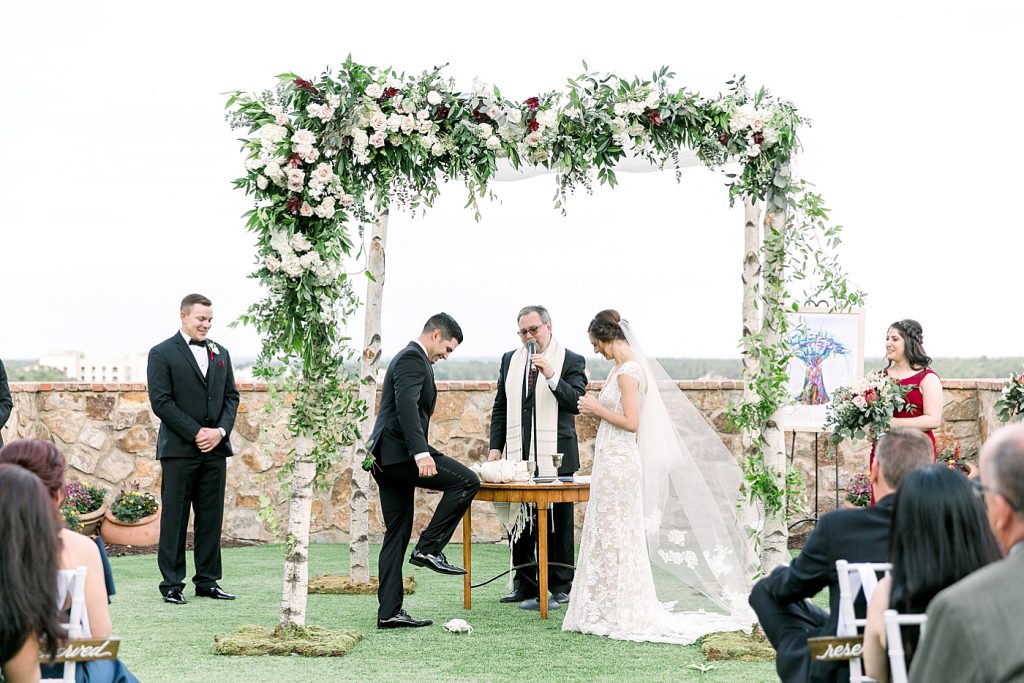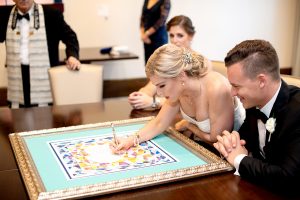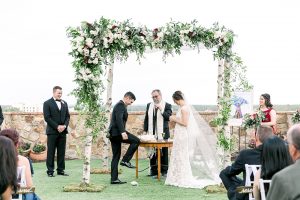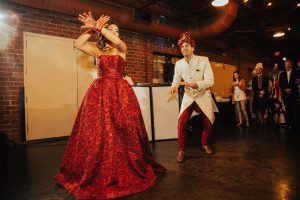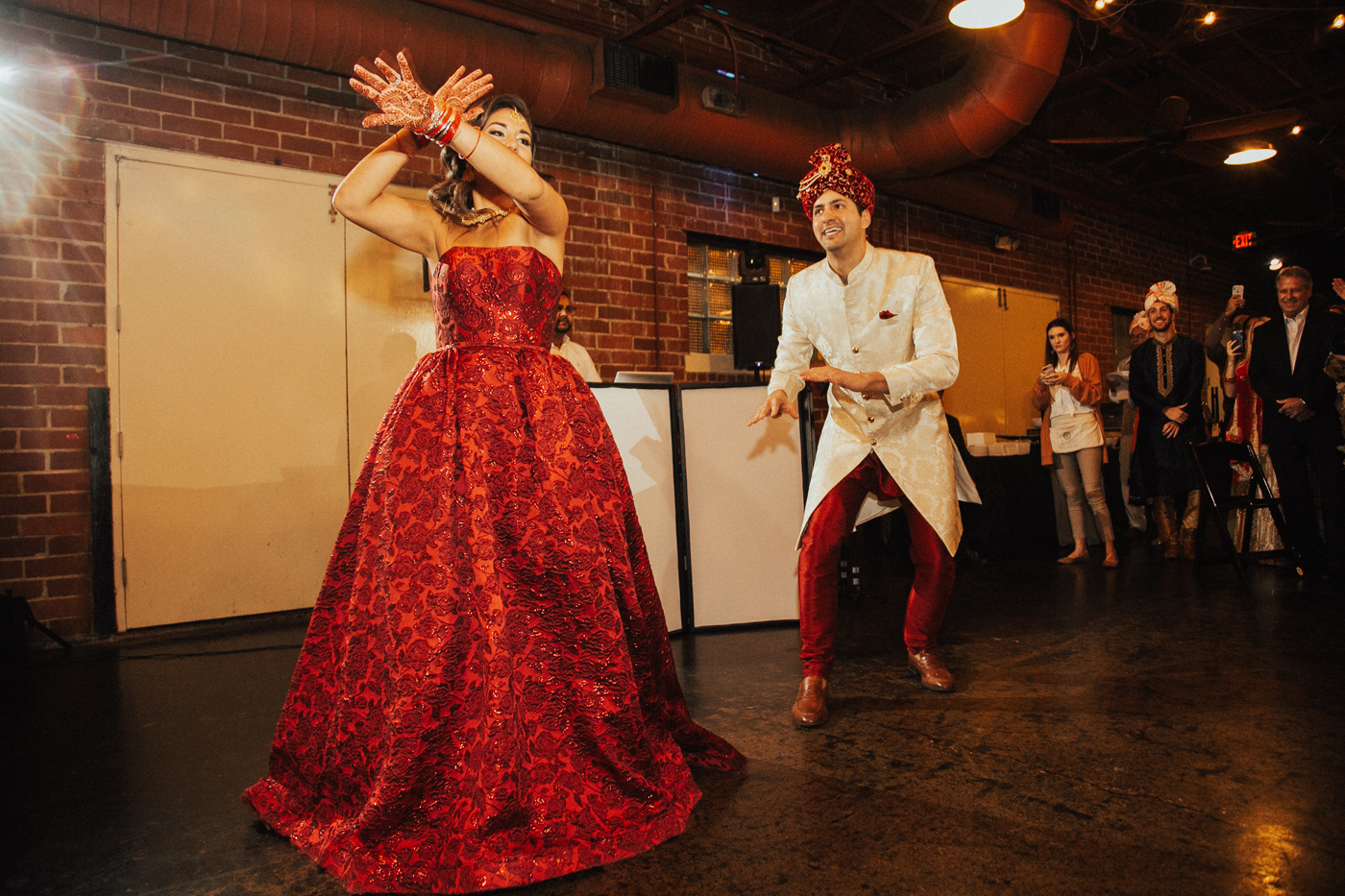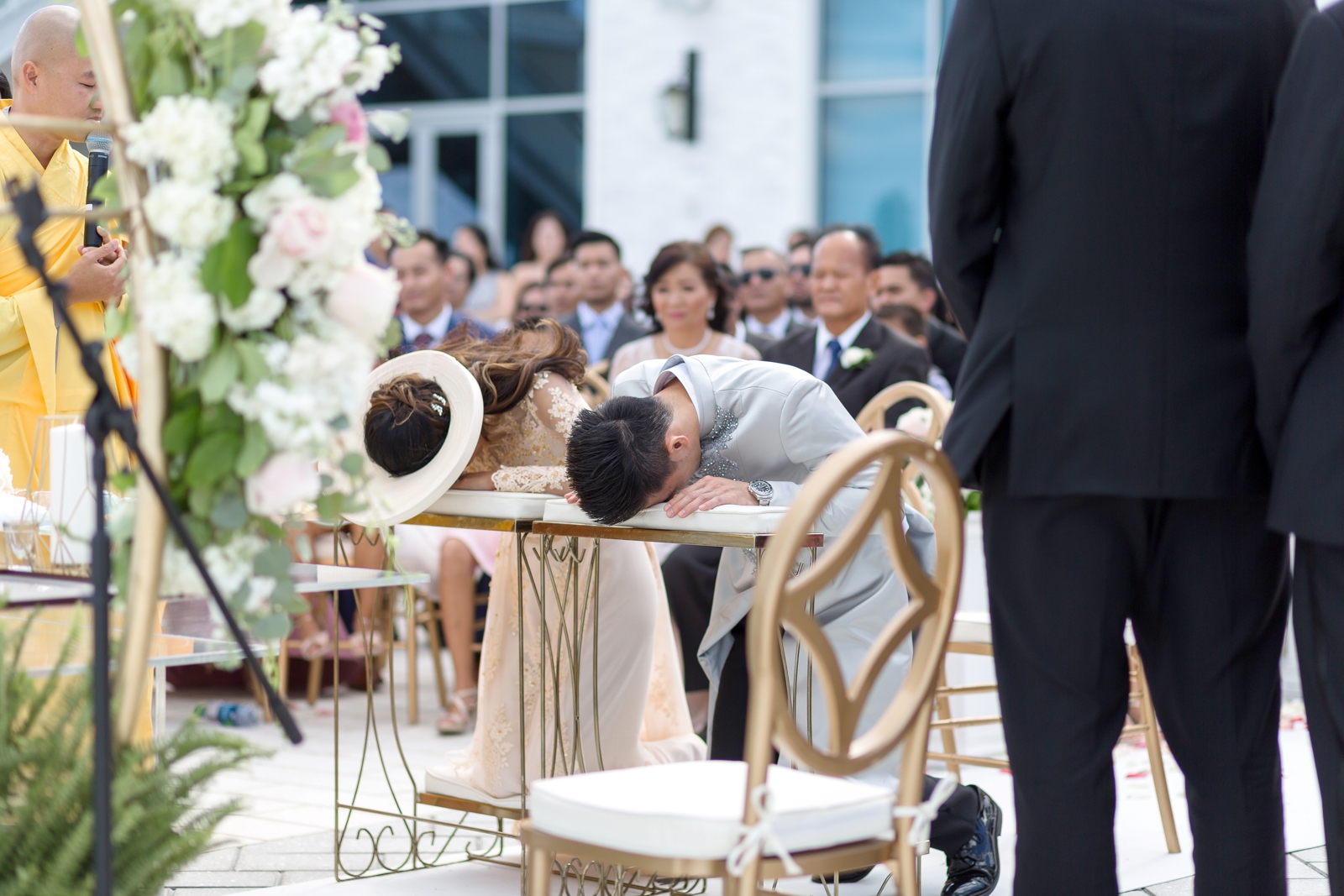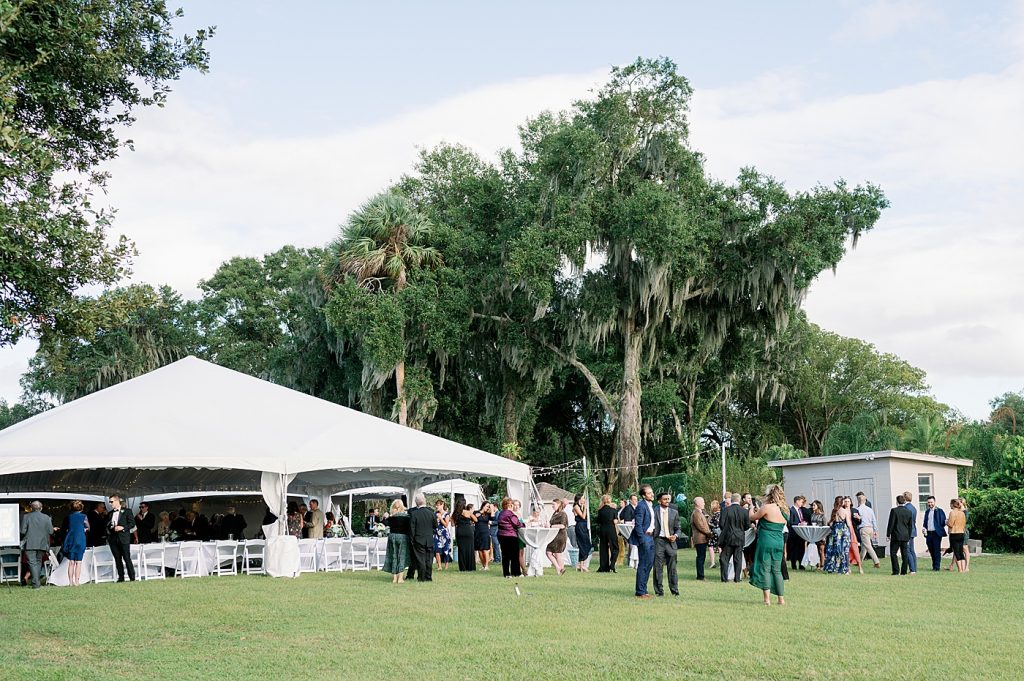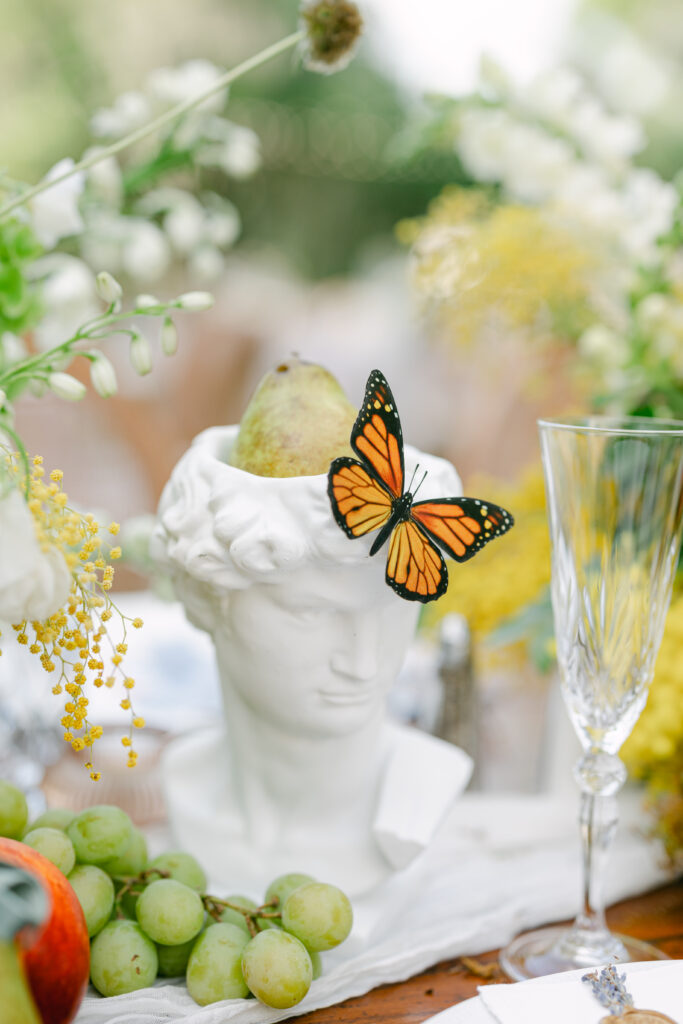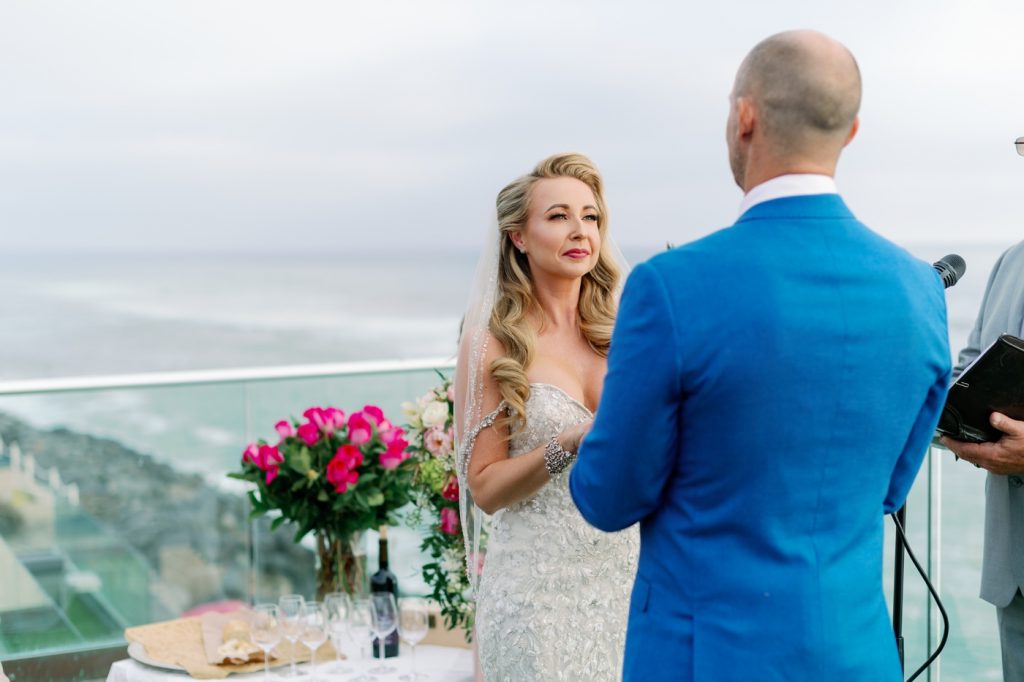Over the years, I have had the pleasure of photographing so many rich and interesting cultural weddings. I love experiencing each unique event steeped in traditions and meaning. Learning about cultural weddings and what they symbolize has helped me to understand the importance it holds for my couples and their families. Understanding these wedding traditions guides the way that I capture them with deep reverence and appreciation.
We recently talked about common American wedding traditions like why we toss the bouquet and why most brides have bridesmaids. Have you ever wondered why the Groom breaks a glass at a Jewish wedding or why Indian and South Asian brides are decorated with Henna?
Today we will explore some of the fascinating multicultural wedding traditions we have been so honored to encounter.
Jewish Weddings
Ketubah
You may have seen a Ketubah on display if you’ve attended a Jewish wedding, but unless you are part of the bridal party, you may not have witnessed the signing of the Ketubah. That is because only very close friends and family of the couple and the bridal party typically attended this little ceremony before the main ceremony. The Ketubah is actually a contract and part of the Jewish civil law, rather than a religious document. Historically, it protected the bride’s rights in the marriage. It specifies the groom’s responsibilities to his bride. A more modern-day interpretation is that is outlines the couple’s responsibility to care for each other.
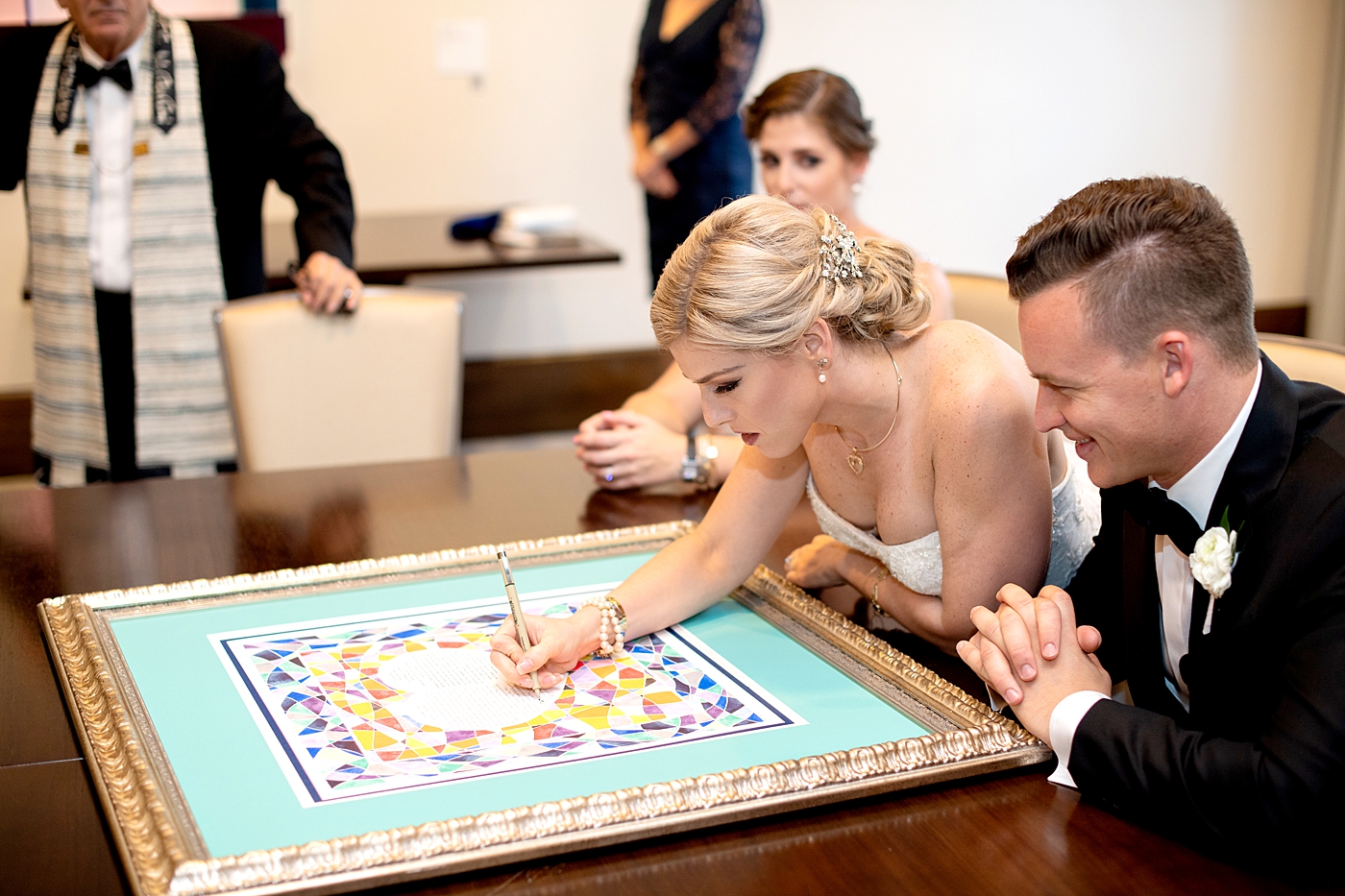
Chuppah
The Chuppah consists of four corners and a roof to symbolize both their new home together as well as God’s shelter over them. Sometimes the shelter is a free-standing structure and sometimes it is held up by the couple’s family members. The canopy is often made of a tallit which is a prayer shawl usually belonging to a family member.

Circling
The bride circles the groom 3 or 7 times during the ceremony. One interpretation is that this represents the 7 days of creation. It is also thought to create a wall of protection around the groom. Sometimes the bride and groom circle each other. In this case, they circle each other 3 times each, and the 7th time, they circle each other. This symbolized their independent and complementary orbits and their equality in the relationship.
Breaking Glass
At the end of the ceremony, the groom and sometimes the bride as well, stomp of a glass in a cloth bag. These particular traditions have multiple interpretations. One is that this represents the destruction of the temple in Jerusalem. It is also thought to reflect that marriage has both sorrow and joy or that the fragile glass symbolizes the delicate nature of a marriage that must be protected. Once the glass is shattered, wedding guests shout, “mazel tov!” which means congratulations!
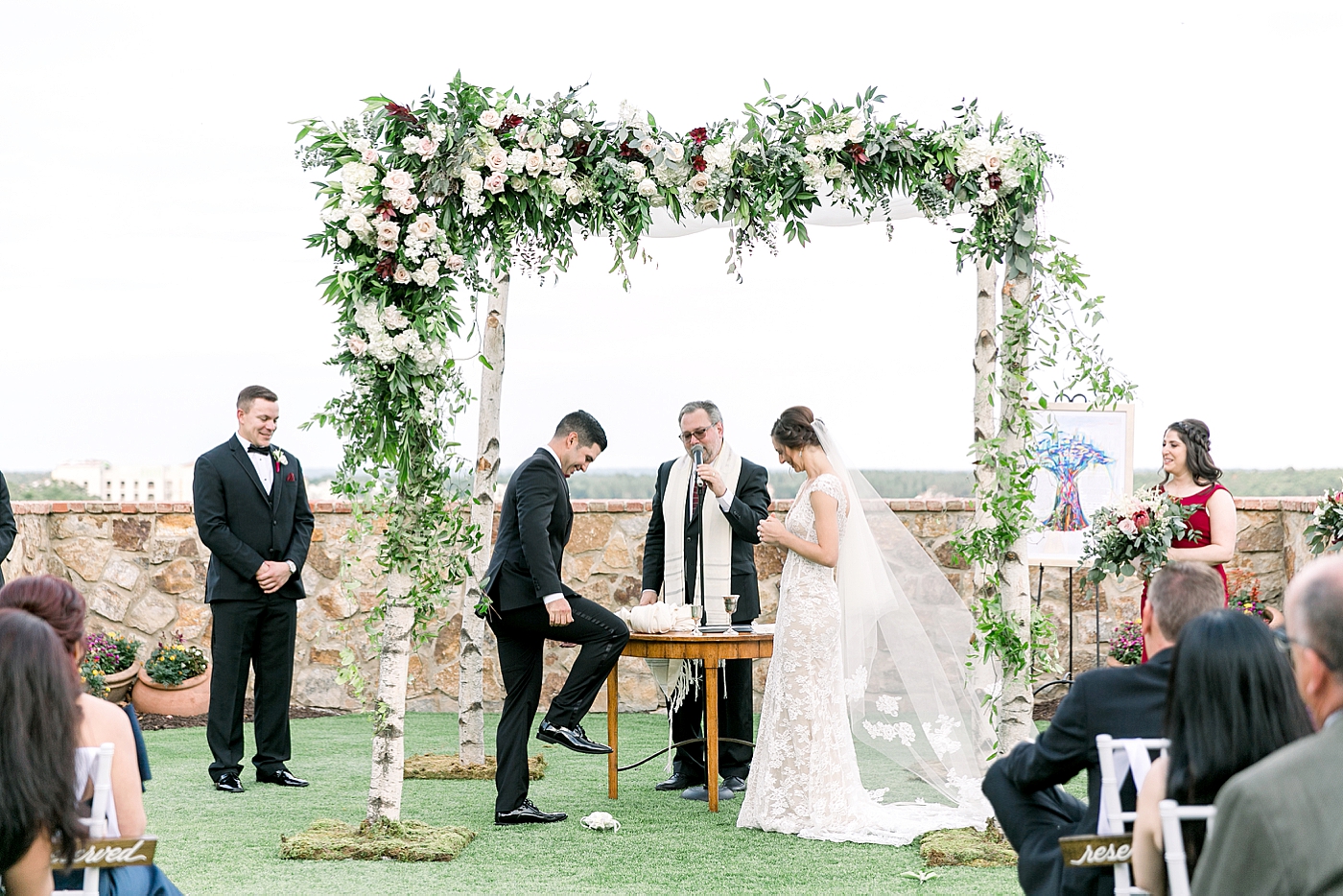
Greek Orthodox
Stefana Crowns
During a greek wedding, the priest will place crowns on the heads of the bride and groom. Then the wedding sponsor, called a Koumbaros interchanges the crowns 3 times to symbolize the union. After this, the crowns are tied with a ribbon and the bride and groom walk around the altar 3 times to represent their journey through life together.

Candles
Both the bride and the groom hold candles during the ceremony to signify the light of Christ. The candles are lit and the priest and depict the couple’s willingness to receive Christ’s light and to bless their marriage. The candles are left to burn down in the church or their home.
Indian/South Asian
Haldi Ceremony
The Haldi ceremony is a smaller ceremony held on the morning of the wedding. The family members rub a mixture of water, oil, and turmeric onto the skin and clothes of the bride and groom. This serves as a blessing, as well as moisturizing their skin and to have a calming effect.
Mehendi Ceremony
This is a separate ceremony usually held 1 day before the wedding ceremony. The women draw intricate, decorative patterns onto the hands and feet of the bride and other females with Mehendi, also called henna. This symbolizes a deep bond between the bride and groom. The henna is temporary and usually lasts 3-7 days.
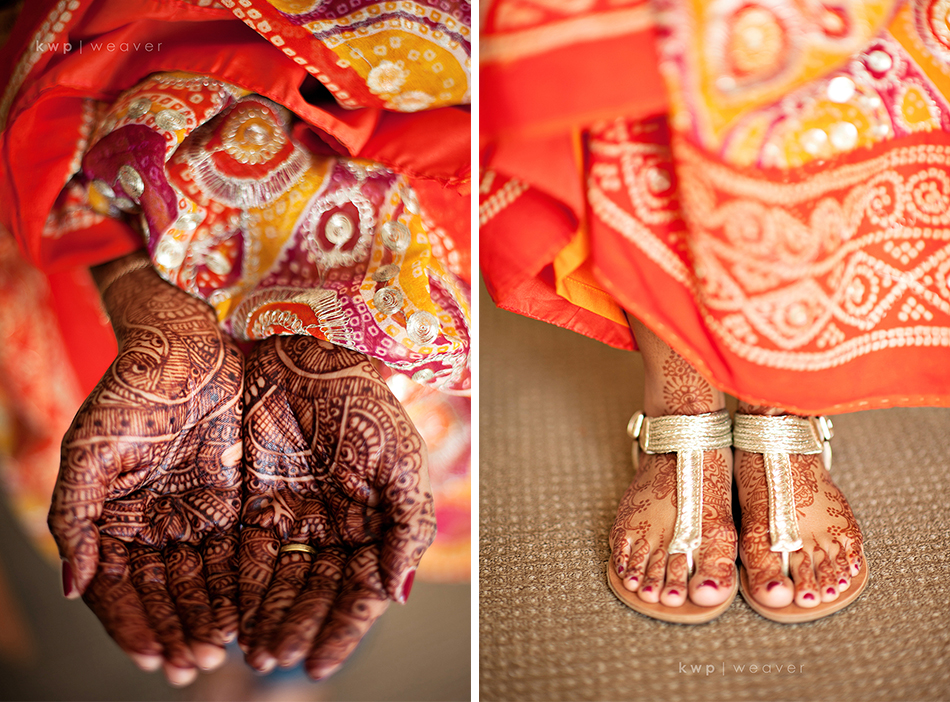
Something Red
Unlike the white gowns worn in American weddings, Indian and South Asian brides often wear red as it is thought to be good luck. The color red is symbolic of commitment, spirituality, and fertility. The bride wears a sari, which is a garment similar to a large scarf that is wrapped around her waist and draped over one shoulder. It is often embroiled with gold.
Jutti Chupai
This is a popular wedding game played during the wedding in which the bridesmaids and bride’s female family members steal the groom’s shoes before the wedding ceremony and hides them. After the ceremony, the groom has to find his shoes and bribe the bridesmaids to get them back. The groom often uses candy, small gifts, or even money as a bribe to get his shoes back.
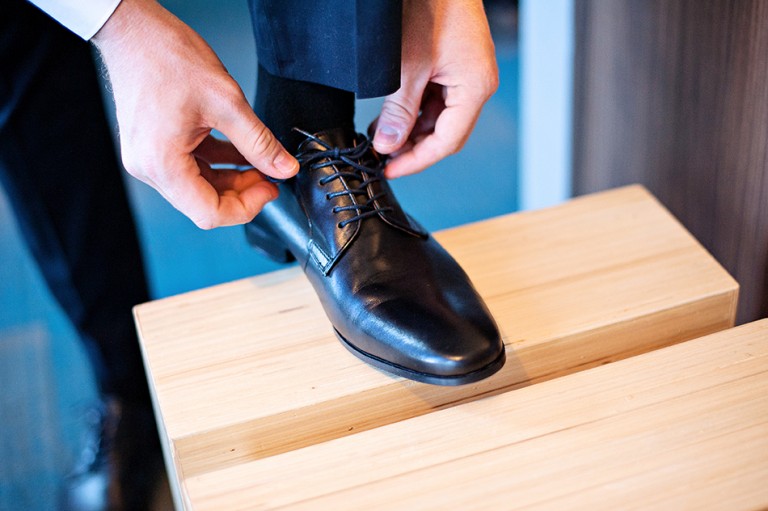
Nigerian
Aso Ebi roughly translates to “family cloth”. The couple decides which colors and fabric they want their guests to wear and these are used to create the elaborate outfits for the guests.
Prostrating
The groom as well as his friends are expected to prostrate themselves, meaning to lie flat on the ground as in a plank, to show respect before the bride’s parents.
After the Vows
When the bride and groom step onto the dance floor for their first dance, the wedding guests will shower them with money. The bridesmaids retrieve the cash for the couple. After the money is picked up, the guests join the couple on the dance floor to join in the celebration.
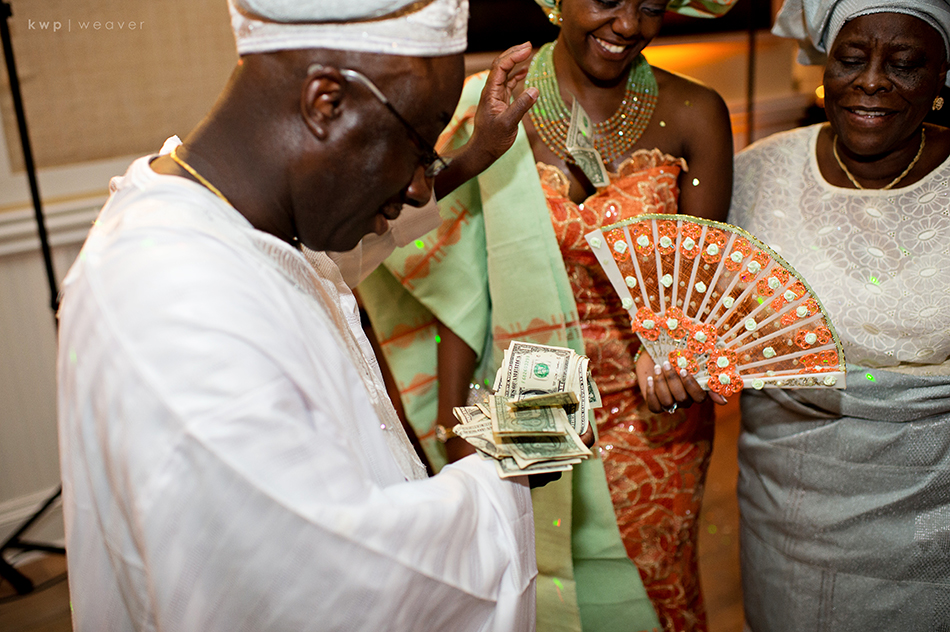
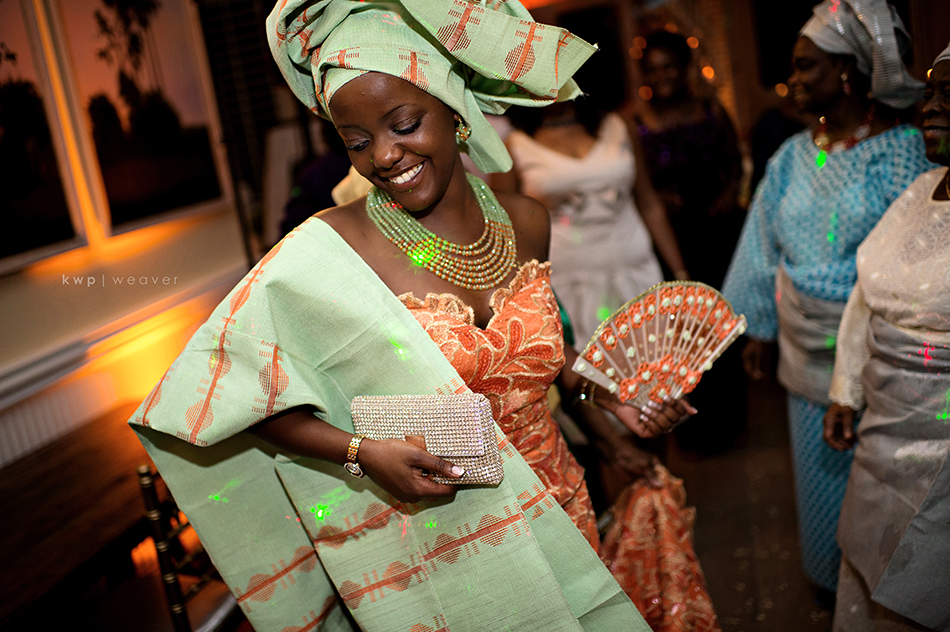
Tea Ceremony
Chinese, Vietnamese, and other Asian weddings have a tea ceremony. This is a very special wedding tradition that and dates back centuries. In Chinese, it is called Jing cha, which literally means “to respectfully offer tea”. Using a tea set called gaiwan, the bride and groom serve tea to their parents, grandparents, and other older family members. This is done to show gratitude for raising and supporting them. In turn, the older family members will offer gifts of gold jewelry, a red envelope with money and/or advice, and blessings to the bride and groom. This symbolizes the bride and groom officially belonging to a new family. The tea symbolizes wishes for loyal love and a happy marriage.
It is always such an honor to witness these multicultural weddings. We are so grateful to each of our couples and their families for trusting us to document their weddings and the important religious and cultural traditions that are woven into their wedding day. Not to mention, it is so much fun to observe our other cultures to celebrate two hearts coming together!


